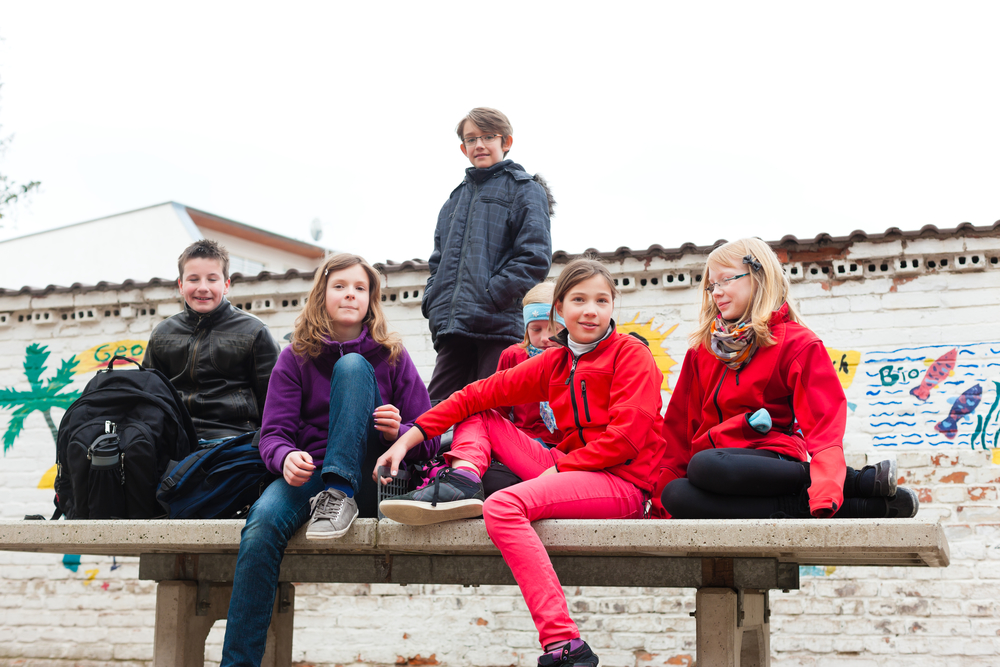New primary school tests have reduced VWO recommendations

The new tests taken by children in their last year of primary school have led to almost 25% fewer children being recommended for the top stream at secondary school, but more children from disadvantaged backgrounds being placed at a higher level, the Volkskrant reported on Thursday.
The paper bases its claim on information from the education ministry which it obtained using freedom of information legislation.
The aim of the new look test, which checks language and arithmetic skills, is to provide an objective second opinion about children’s abilities, in addition to the teacher’s own recommendation.
Schools have also been told that if a child does better in the test than expected, the school should recommend them for a higher secondary school stream.
Under the previous system, children had to choose a secondary school before the final tests and this meant that those who scored well could no longer move up a stream.
According to the ministry documents, the number of children recommended for the pre-university VWO stream has gone down from 17% to 13%. But the papers also highlight wide differences between the tests, which are supplied by six commercial providers.
The education ministry says the situation in 2024 cannot be compared with previous years because the tests and set-up are different. “It could be that children were more likely to be placed in higher streams in previous years,” one civil servant said in documents obtained by the paper.
At the same time, other figures indicate that children from more disadvantaged backgrounds may now twice as likely to be moved to a higher stream than those from schools considered to be well-off.
Almost 22% of the disadvantaged children who took the test devised by Cito (which provides 40% of schools with the tests) were upgraded, compared with 9.5% of better off pupils.
The Dutch system, by which children are streamed into trade school (vmbo), pre college (havo) or pre university (vwo) at the age of 12 has come in for increasing criticism in recent years.
Discriminatory
Earlier this year, education campaign group KIS said primary schools are continuing to discriminate against children from migrant backgrounds when deciding what level of secondary school they should go to.
The PO-Raad, the advisory body for primary schools, has also called for the system to be overhauled. In a letter to parliament last May, the council said the current system had “mostly negative effects on pupils with a migrant background and from less favourable social-economic environments.”
Once placed in a certain category, it is more difficult to move up to a different level of education because so many secondary schools only offer one type.
The proportion of mixed ability first year classes, known as brugklassen or bridge classes in Dutch, has gone down from 70% to 55% over the past 10 years. Some 54% of 12-year-olds currently go to vmbo schools, while 22% are in pre-university streams and 24% in pre-college streams.
Inequality
School inspectors have also warned of the ‘unacceptable’ inequality in Dutch education because children of well-educated parents are scoring better in final primary school exams than children of equal intelligence from more disadvantaged backgrounds.
For example, well-educated parents are more involved in the choice of school and invest money in tutors, homework classes and training in exam techniques. Their children are also more likely to be labelled dyslexic or as having adhd, which also entitles them to extra teaching time.
The government’s socio-cultural advice group SCP has also said the lack of contact between different social groups at a school level can lead to increased segregation in society as a whole.
Thank you for donating to DutchNews.nl.
We could not provide the Dutch News service, and keep it free of charge, without the generous support of our readers. Your donations allow us to report on issues you tell us matter, and provide you with a summary of the most important Dutch news each day.
Make a donation